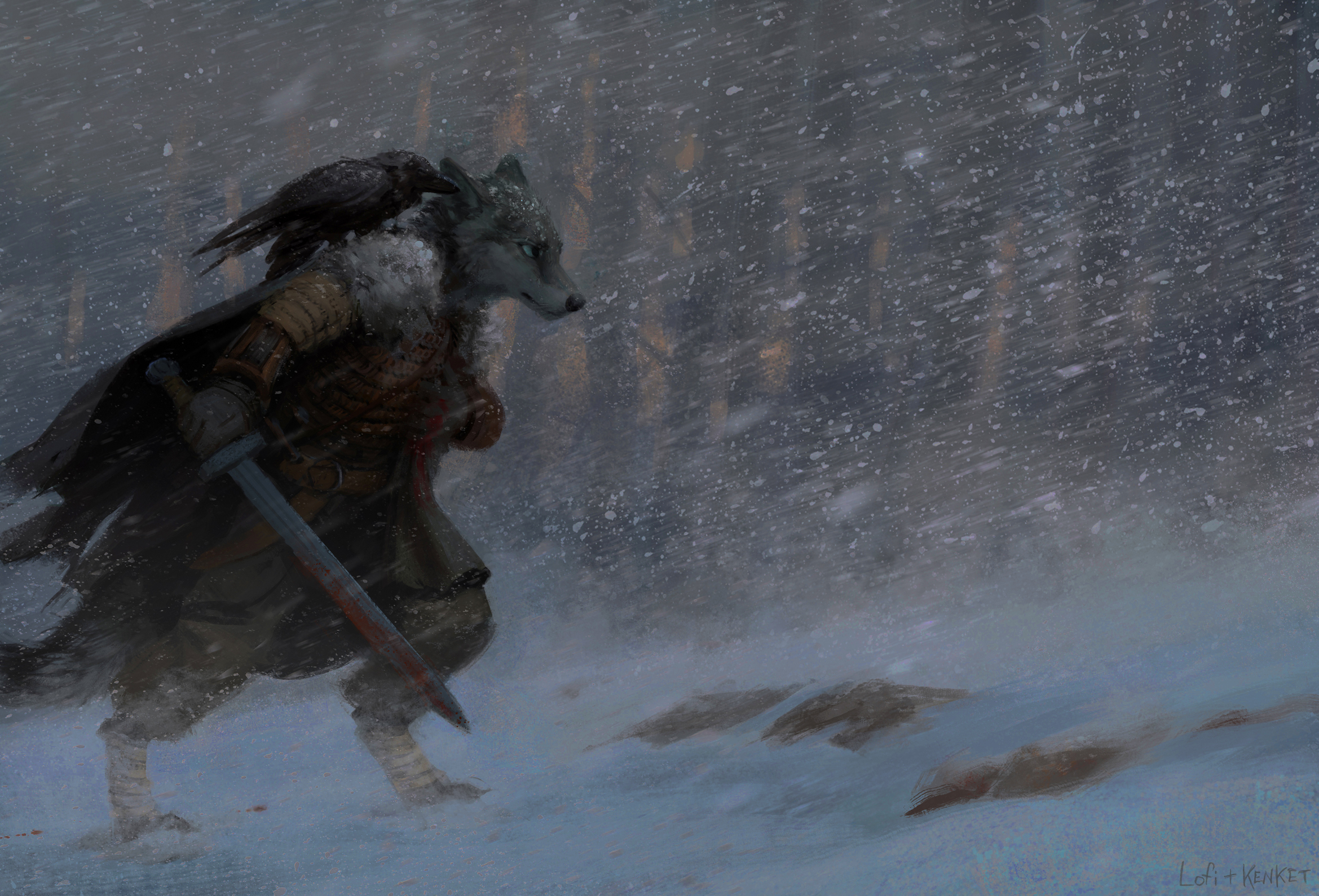Berylfolk - Grey
Hoole and I scrambled away from oncoming arrows and into the thick bramble outside of Kailia. We were warned by the feyblood guardsmen that even half-orcs were not allowed into the bazaar, little less our canine hides. My salvaged cloak tattered by our journey barely hid my blatant form. “Bitchkin” those guards muttered and spat at us as if we were filthy ratlings from the marsh. Tonight was a waste. Without goods from the city, our warped and hulking cousins will starve. We shall approach again in the morning when the humans are awake.Despite their fur clad in all manners of grey and blue, the lupine greys are a rare sight for most of Cabochon sticking to nomadic hunting packs and recently claiming the halfling territories for themselves. Hundreds of years scavenging have left them opportunistic in nature caring more about their pack and themselves. Only a few hundred grey adventurers exist, all wearing hooded cloaks to hide their beastly silhouette.
-- Balmy, Travel Notes: Day IV
Civilization and Culture
Naming Traditions
Common Customs, Traditions and Rituals
Interspecies Relations and Assumptions
Remove these ads. Join the Worldbuilders Guild



Comments